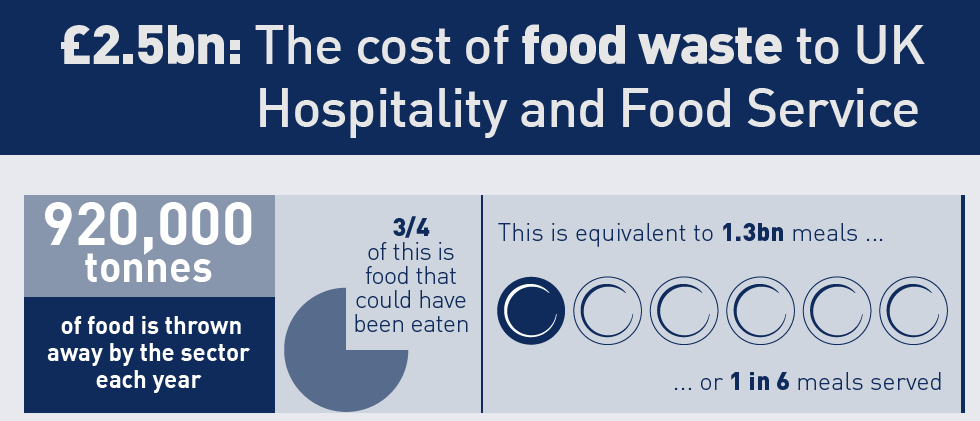FOOD WASTE MANAGEMENT: THE NEXT BIG TOOL TO POWER SUSTAINABLE TOURISM DEVELOPMENT (Part 1)
November 15, 2019
Posted By: Polihron Karapachov
So far academia and institutions have not come up with a universal definition of food waste, mainly due to the different variables which exist in the process and a series of relevant points of inquiry (e.g.):
- Does the food waste occur in the food supply or in the consumption chain?
- Does it include inedible food waste?
- What provokes it and what are the key benefits for the businesses that manage it effectively?
FAO, the UN’s organization for Food and Agriculture, has stated ⅓ of all food produced in the world intended for human consumption is lost or wasted (FAO, 2011). This amounts to losses of $940 billion per year and results in 8% of annual greenhouse gas emissions. This means that as a country, food loss and waste would be the third-largest emitter, after China and the US (FAO, 2015). Although household consumption and manufacturing contribute the most to this pattern, hospitality and food services is another sector that generates significant amounts of food waste, around 12% in Europe. In Germany, for example, it accounts for 17% and in the UK for 10% of total food wastage. The recent report of Pacific Asia Travel Association on food waste, stresses that hospitality, food service, and food retail outlets in the UK generate 75% of food waste which is avoidable, which means that 1 in 6 meals is thrown away.

Subsequently, many countries around the globe have introduced policies aiming to address food waste. France, famously banned in 2016, all supermarkets from disposing of any food that has not been sold. Already in 2009, the Republic of Ireland introduced a national programme focused on promoting food waste regulations. The Dutch Ministry of Agriculture, Nature and Food Quality has established a knowledge platform that showcases the best cases in relation to food waste reduction. These sustainable dynamics in Europe, are mainly connected with the EU Member States’ commitment to halve per capita food waste at the retail and consumer level by 2030.
Canada has taken a very proactive stance on waste issues through the Waste Reduction and Recovery Committee. Accordingly, different provinces established various initiatives with regard to their food waste reduction commitment:
- British Columbia has developed a Food Service Food Waste Prevention Toolkit to support food waste reduction in the food service industry.
- Ontario’s Food and Organic Waste Policy Statement includes educational tools, advises how food retailers and business can reduce food waste, and educates children on preventing and reducing food waste.
- LeanPath and Winnow Solutions offer software-based analytics platforms that help Canadian food service providers to determine and identify opportunities to reduce food waste.
- Restaurants Canada and the Hotel Association of Canada are also providing hospitality businesses with training and resources to reduce food loss and waste.
The second part of our account next week will shed light on good practices that take place already within the tourism sector and encourage further innovation.

COMMENTS